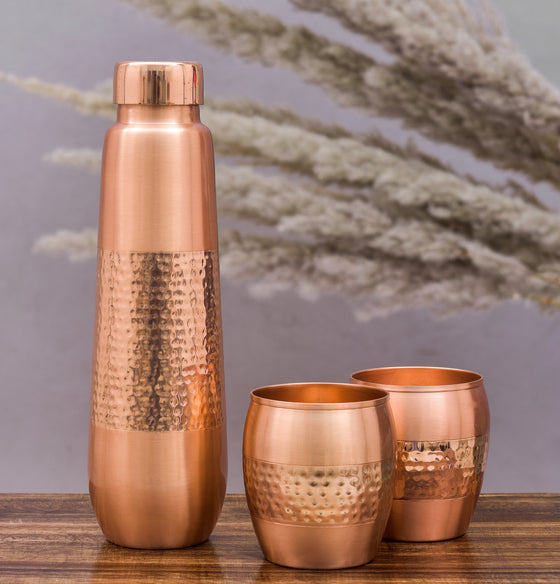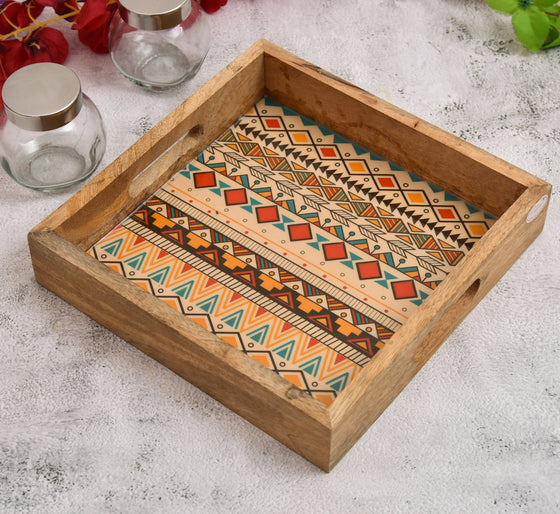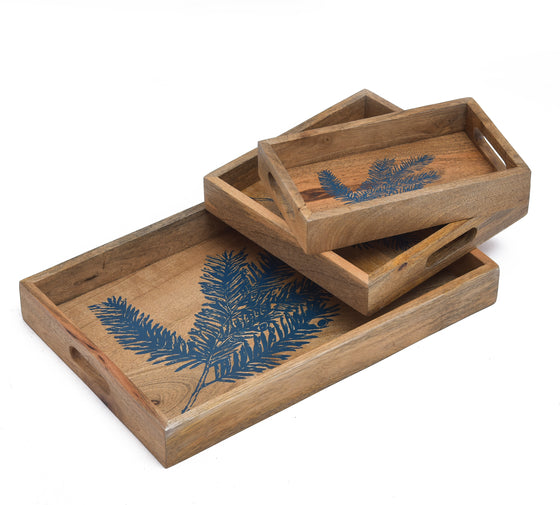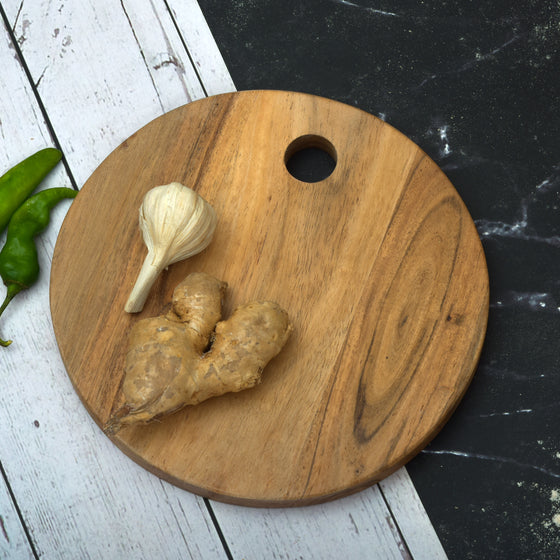Why Wood is Still the Best Choice for Cutting Boards?
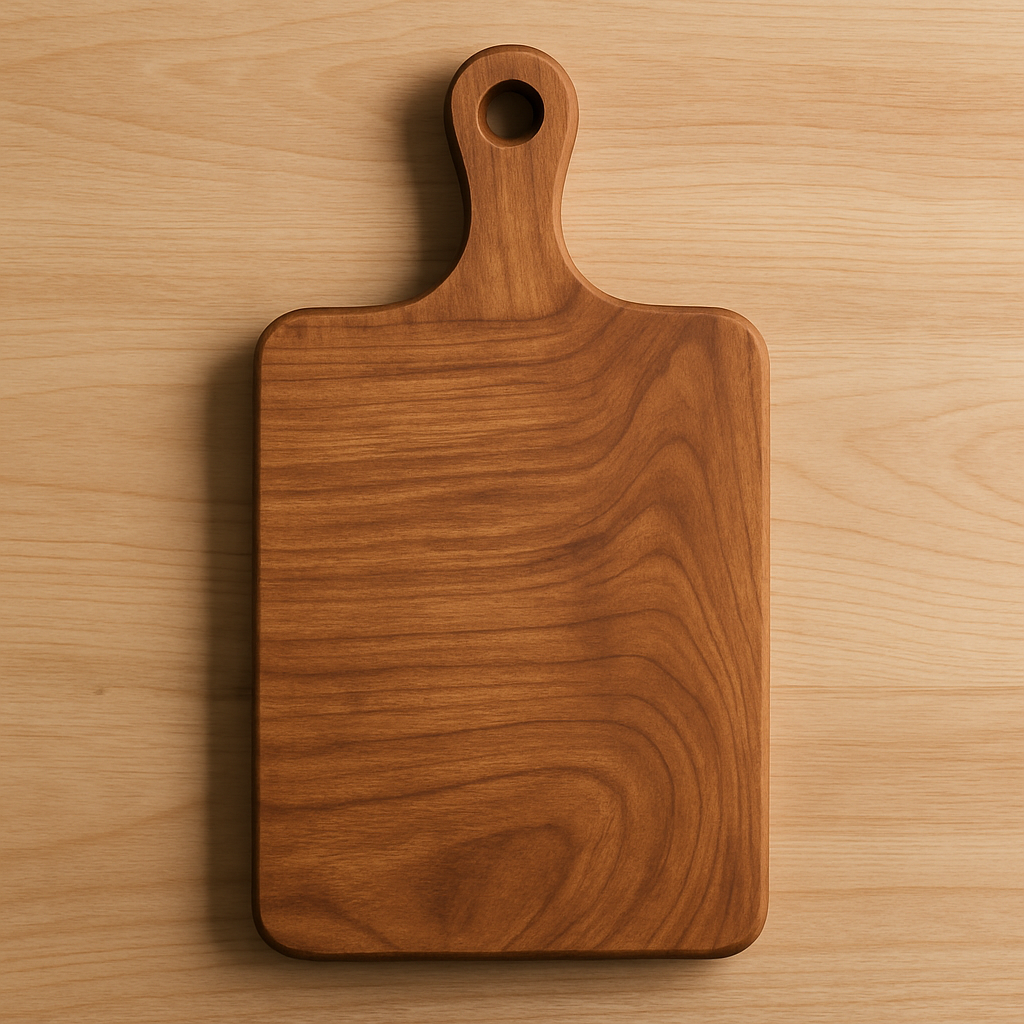
Kitchenware trends might come and go, but one vital component of kitchen equipment still stands: the wooden cutting board. Even with many trendy options on the market now, wood has remained the best choice for both home cooks and professional chefs. This article will discuss the benefits of a wooden cutting board, answer some common questions, dispel some myths and misconceptions, and explain why wood is still the best material for cutting boards.
Wood’s Historical Relevance in Kitchens
Wood is one of the oldest materials used in food preparation, and has been a kitchen necessity for centuries. Both expert chefs and home cooks have trusted it with anything from finely crafted rolling pins to old wooden spoons. It was perfect for making utensils like chopping boards and bowls because of its strength and natural antimicrobial properties. Beyond functionality, wood represents heritage and workmanship, using time-honored skills passed down through generations. With their ageless practicality and charm, each utensil carries a tradition of dependability that links contemporary kitchens to their ancestral roots.
Unexpected Benefits of Wooden Cutting Boards
- Knife-Friendly Surface: Wooden Chopping boards are soft on knives and keep them sharper for longer. Wood naturally gives and has unique fibers that minimize the impact on the knife's edge, and ultimately reduce the dulling of that blade.
- Self-Healing: Wood has self-healing properties. The grain structure of the wood's construction allows the wood to close over time, preventing shallow cuts and surface scratches from becoming permanent. Because of this, cutting boards are naturally far less susceptible to deep grooves that might contain bacteria.
- Antibacterial Properties: Although people believe that wood harbors bacteria, studies have shown that wood, including walnut and maple, typically has natural antibacterial qualities that prevent the growth of dangerous bacteria like Salmonella and E. coli.
- Less Noise: Chopping boards make little noise while being chopped on. Wooden cutting board chopping tends to be quieter than chopping on a hard composite surface, such as glass or plastic.
- Aesthetic Appeal: To put it simply, Chopping boards have a beautiful stature. Wood has natural warmth and character. The unique grain patterns and natural textures create a rustic appeal. Making a wooden board can be an exceptional tool for food preparation, but also a decorative element.
- More Eco-Friendly: As a pretty sustainable resource, wood is a renewable resource, provided that it is sourced sustainably. Using wooden chopping boards as opposed to non-biodegradable surfaces encourages a smaller footprint on our environment and a better well-being for the planet.
Common Myths and Misconceptions About Wooden Boards
- Myth 1: Wood is less hygienic. Research demonstrates wooden boards, specifically hardwoods such as maple, have natural antimicrobial factors that lessen bacterial growth compared to plastic and other items. Proper cleaning will ensure safety.
- Myth 2: Plastic is safer. Plastic boards develop scratches over the years, leading to deeper scratches that will keep bacteria present for longer that making cleaning thoroughly impossible, whereas wood is naturally antimicrobial and, in many microbial tests, wood remains superior to plastic.
- Myth 3: Wood is high-maintenance. Assuring all wood kitchen items are hand-washed and dried thoroughly and oiled every once in a while will keep wooden cutting boards and wooden kitchen accessories good and usable for many years, having value for even decades.
So go ahead and feel good about choosing wood as a safe, useful, and timeless product with little care.
Frequently Asked Questions (FAQs)
- Is a wooden cutting board sanitary?
Yes, as long as you care for them properly. Regular washing and drying after each use are very important. Studies indicate that wooden boards have natural anti-bacterial properties to help reduce the chances of bacterial growth.
- Can I cut meat and vegetables on the same wooden board?
It is still best practice to have separate boards for different foods to avoid the spread of germs. This goes for wood and other materials. If a wooden board is used for cutting various foods, it is recommended to wash and sanitize it completely between uses.
- How do I clean and care for the wooden cutting board?
After every usage, you should wash your hardwood cutting board in hot, soapy water to keep it clean. Avoid letting it soak in water because this will cause it to warp. The cutting board can be sanitized with a hydrogen peroxide or white vinegar solution. The wood cutting board's surface should also be treated with a food-safe mineral oil regularly to effectively remove moisture and keep the wood from drying out and cracking.
Where to Find Great Quality Wooden Cutting Boards
Experience the timeless beauty and excellent function of our handcrafted wooden cutting boards. Our engineered boards will enhance your kitchen aesthetics while providing the perfect balance between creativity and functionality.
Antibacterial properties, a knife-friendly surface, and the versatility to create and serve
Explore our stunning collection on our website to elevate your kitchen. With quality wooden chopping boards, let your inner chef emerge. Visit Oggn Home to shop now.
Embrace cooking with the elegance of wood. This is where your cooking journey begins!
